A future for global biological ocean monitoring networks
Heath Kelsey ·
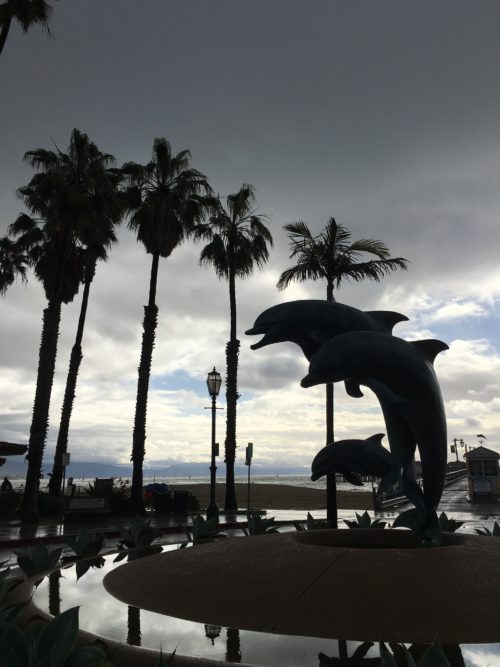
Information generated through the Global Ocean Observation System has fundamentally
changed the way we understand our oceans and climate, but advances in ocean
observations have focused on physical elements like water temperature,
currents, etc. more than they have for measurements of biological resources. Living
resources in our oceans remain poorly understood in many cases, despite their
importance to global ecosystems and human communities. New networks must be
created to monitor our living ocean resources that include living resources.
Biological ocean monitoring and observing systems are a bit
behind their physical counterparts partly because the focus of these systems
has been on developing technology to support remote measurements. This has
improved spatial and temporal frequency of observations, but this type of
technology-based monitoring has been slower to develop for many living
resources. Advances in technologies are catching up, however, and a renewed
focus on developing networks of groups monitoring biological resources the old
fashioned way (samples and surveys) are also being included. So the time is
right to begin integrating biological monitoring into our global ocean
observing systems.

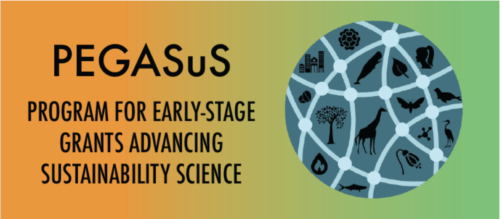
A new path forward for these biological ocean observations was
discussed March 5-7 this year, at the National
Center for Ecological Analysis and Synthesis in Santa Barbara, California.
The meeting was organized by the Program
for Early-Stage Grants Advancing Sustainability Science, which is a Future Earth Project. The meeting objective was
to designing a global observing system for biological variables. I attended the
meeting on behalf of Future Earth
Coasts. The meeting brought together experts on the state of observation
technology, monitoring, and networking for key living resource groups that
included seagrass, kelps and seaweeds, plankton, fish, turtles, seabirds,
marine mammals, invertebrates, corals, and microbes.
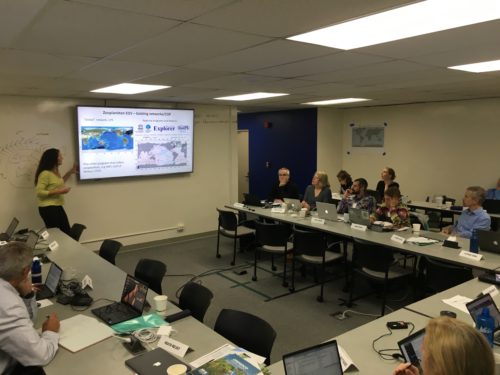
The first activities were about learning the current state of
monitoring and observing networks for each of living resource group.
Presentations were interesting and highlighted the varying state of monitoring
and network development. Some networks were well advanced, while others were
very much in the development phase.
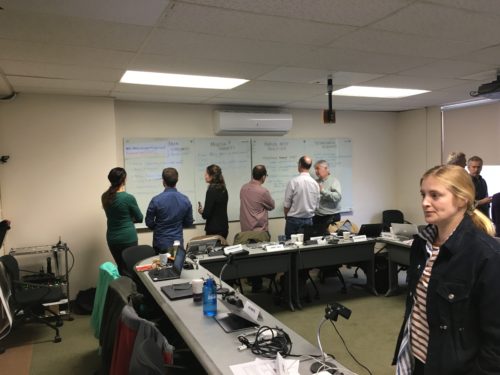
We then began mapping out the key elements of a global observing
network (mission and targets, spatial scale, temporal sustainability, global
coordination, best practices and data standards, and technological readiness,
with the understanding that each network should have common elements or
missions. What does it mean to actually be a network in terms of these
categories? We accomplished this in an interactive, round-robin journaling
exercise, where small groups tackled categories of elements and wrote key
elements on one section of whiteboard. After 5 minutes, the groups rotated and built
on the previous group’s work on the next section. This continued until each
group had provided input on each of the categories.
Next, each living resource group developed a timeline for developing
their network over the next 1,10, and 20 years. Lastly, we reviewed the results
of the previous days conversations around key attributes, and the timelines for
each living resource group, noting the common elements. We finished the meeting
thinking about the daunting next steps in developing these new networks, ready
for the challenge. Each living resource group is at a different stage of
development, each had a clear pathway forward.
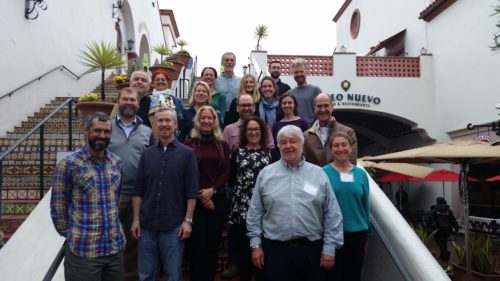
About the author
Heath Kelsey

Heath Kelsey has been with IAN since 2009, as a Science Integrator, Program Manager, and as Director since 2019. His work focuses on helping communities become more engaged in socio-environmental decision making. He has over 15-years of experience in stakeholder engagement, environmental and public health assessment, indicator development, and science communication. He has led numerous ecosystem health and socio-environmental health report card projects globally, in Australia, India, the South Pacific, Africa, and throughout the US. Dr. Kelsey received his MSPH (2000) and PhD (2006) from The University of South Carolina Arnold School of Public Health. He is a graduate of St Mary’s College of Maryland (1988), and was a Peace Corps Volunteer in Papua New Guinea from 1995-1998.